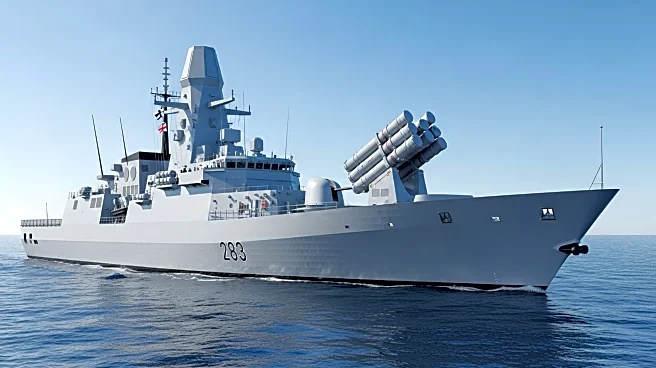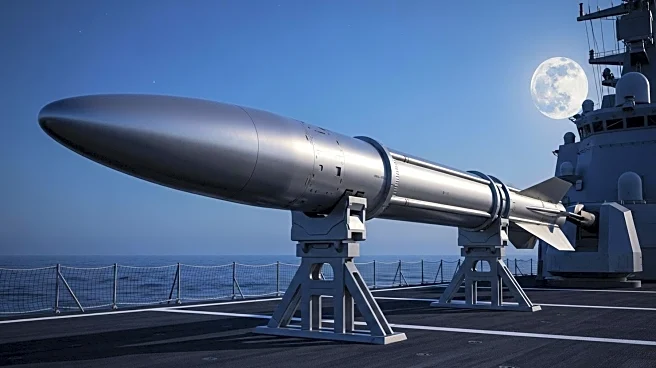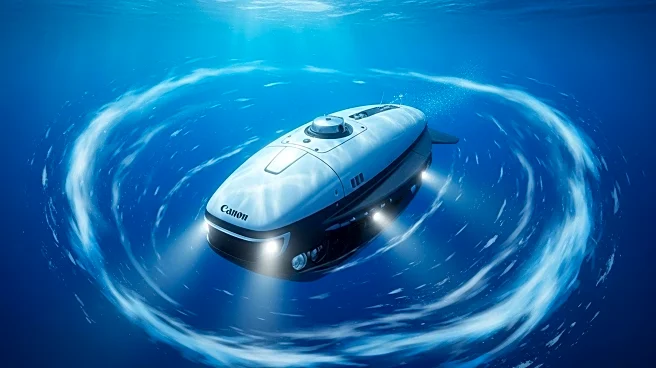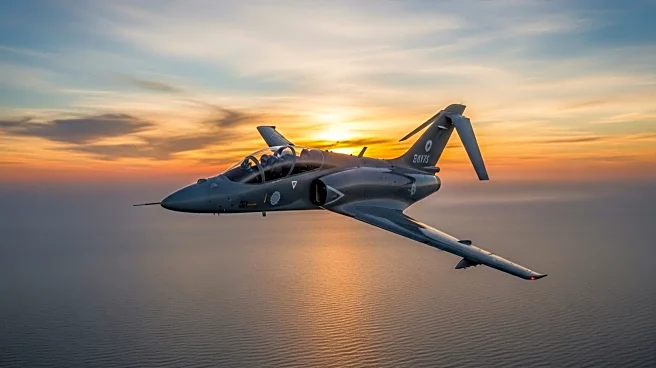What's Happening?
The Royal Navy has successfully completed its first in-service firing of the Kongsberg Naval Strike Missile (NSM) from the Type 23 frigate HMS Somerset. This event took place at the Andøya test range in northern Norway as part of Exercise 'Aegir 25', which also included participation from the Royal Norwegian Navy and the Polish Navy's Naval Missile Brigade. The NSM is being introduced to the Royal Navy under the Maritime Offensive Surface Strike (MOSS) program, replacing the retired Harpoon Block 1C anti-ship missile. The NSM, known for its stealth and agility, is capable of penetrating shipboard defenses and operating effectively in various environments, with a range exceeding 200 km.
Why It's Important?
The successful firing of the NSM marks a significant advancement in the Royal Navy's offensive capabilities, enhancing its ability to engage surface targets with precision. This development is crucial for maintaining maritime security and deterrence, particularly in the context of increasing global naval tensions. The introduction of the NSM aligns with the Royal Navy's strategic goals to modernize its fleet and improve its operational readiness. The collaboration with Norway and Poland during the exercise underscores the importance of international partnerships in strengthening collective defense capabilities.
What's Next?
The Royal Navy plans to equip a total of 11 ships, including a mix of Type 23 frigates and Type 45 destroyers, with the NSM weapon system. This rollout is part of a broader effort to enhance the UK's maritime strike capabilities. The continued integration of the NSM will likely involve further training exercises and operational evaluations to ensure seamless deployment across the fleet. The Royal Navy's focus on modernizing its missile systems may prompt other nations to consider similar upgrades, potentially influencing global naval armament trends.











